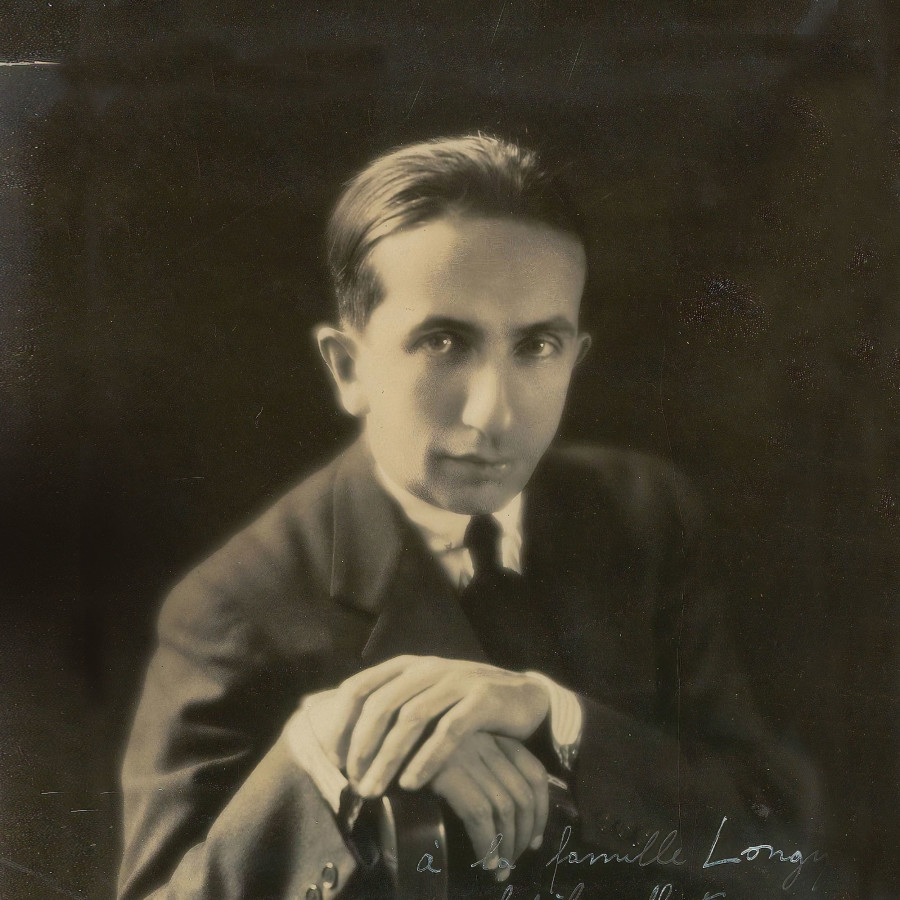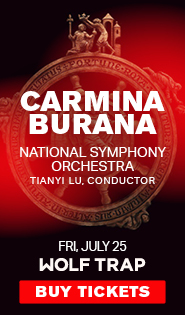Noseda, National Symphony give glorious Casella rarity its DC premiere

Alfredo Casella’s Symphony No. 2 was performed by Gianandrea Noseda and the National Symphony Orchestra Thursday night at the Kennedy Center.
Gianandrea Noseda introduced the National Symphony Orchestra to the music of Alfredo Casella back in 2015. Thursday evening the Italian conductor featured the Second Symphony on his second program in the Unexpected Italy festival, heard in honor of his home country’s Festa della Repubblica. This outsized work filled the Kennedy Center Concert Hall with sound.
Noseda based the concert around composers of the Generation of 1880, not only Italian nationalists Casella and Respighi but also Rachmaninoff, a composer working in a somewhat similar late romantic vein. The NSO gave its first-ever complete performance of Suite No. 2 of Respighi’s Ancient Airs and Dances, the composer’s transcriptions of, really more improvements on, renaissance and baroque music.
Respighi elicited an uncanny range of delicate, unusual colors in his orchestration. The first movement opened with a charming pairing of bassoon and oboe over pizzicato strings, and the unusual part for harpsichord, four hands, enlivened the accompanying dances. The dreamy sounds of the third movement, especially for plush strings, contrasted nicely with the more metered, rustic “Bergamasca” that concludes the suite.
Rachmaninoff once commissioned Respighi to orchestrate five of his Etudes-Tableaux, which might have made a more interesting complement to the program than yet another performance of Rachmaninoff’s Rhapsody on a Theme of Paganini.
Swiss-Italian pianist Francesco Piemontesi made an admirable NSO debut, with enough technical flair to make an impression but also a sure musical sense beyond the fireworks.
Piemontesi tended to push the fast tempos almost to the breaking point, without ever breaking, so that the cadenza-like solo variation was at a dizzy pace. In the central variations, Noseda and the NSO milked the tender lines of the slower pieces, casting a reflective sheen against which Piemontesi shone brightly.
Conductor and pianist both kept the tender 18th variation relatively free of rubato, instead pressing ahead so that the climax of that famous music’s long crescendo was fresher and more exciting. This set up the closing series of variations where Piemontesi flew through the challenging octaves and stacked chords with technical abandon. Prolonged ovations earned the audience an even more pleasing encore, the slow movement of Bach’s Italian Concerto.
Still, the clear highlight of the evening was Casella’s Symphony No. 2.
Composed in 1910, the Second Symphony is a parting glimpse at the world of tonality, in all its epic complexity, before the advent of more dissonant styles in the wake of World War I. The work tells a story of fear and exaltation, without an explicit program.
Noseda reintroduced the world to this piece in his world premiere recording with the BBC Philharmonic a decade ago. Noseda’s confident conducting welded the first movement’s spastic shifts of tempo and mood into a convincing whole, from the brooding opening of pulsating bass ostinato to more Wagnerian intensity and forceful, quasi-military sections driven by percussion. Casella’s allusion to the melody of the Dies Irae sequence was a charming tie-in to the Rachmaninoff piece.
Noseda led his musicians confidently through the metric complexities of the second movement, powered by large assortments of brass and percussion. The milder middle section had a more Mahlerian folk-influenced sound, a bucolic horn solo introduced by the sound of sleigh bells and swoosh of the harp. The tragic slow movement surged with Straussian breadth, at the same time showcasing plangent solos from English horn and violin.
The fourth movement returned to a more martial mood, in a style that seemed to prefigure a certain Shostakovich-like menace. A melancholy trombone solo graced the contrasting middle section. The entrance of the Concert Hall organ gave the fifth-movement Epilogo an appropriately elegiac quality, which grew in volume in a final apotheosis of sound ornamented by the din of the two sets of bells.
The program will be repeated 8 p.m. Saturday. Thursday’s performance can be viewed online. kennedy-center.org; 202-467-4600

